Practical acupuncture points
Master Gudang was a leading authority on moxibustion and acupuncture in Korea. His dedication to the practice spanned seven decades, during which he meticulously honed a unique protocol that combined specific acupuncture points. This protocol, informed by his extensive experience, aimed to address a wide range of ailments and promote overall well-being. Here are some of the key acupuncture points and their corresponding indications that Master Gudang frequently used in his treatments:
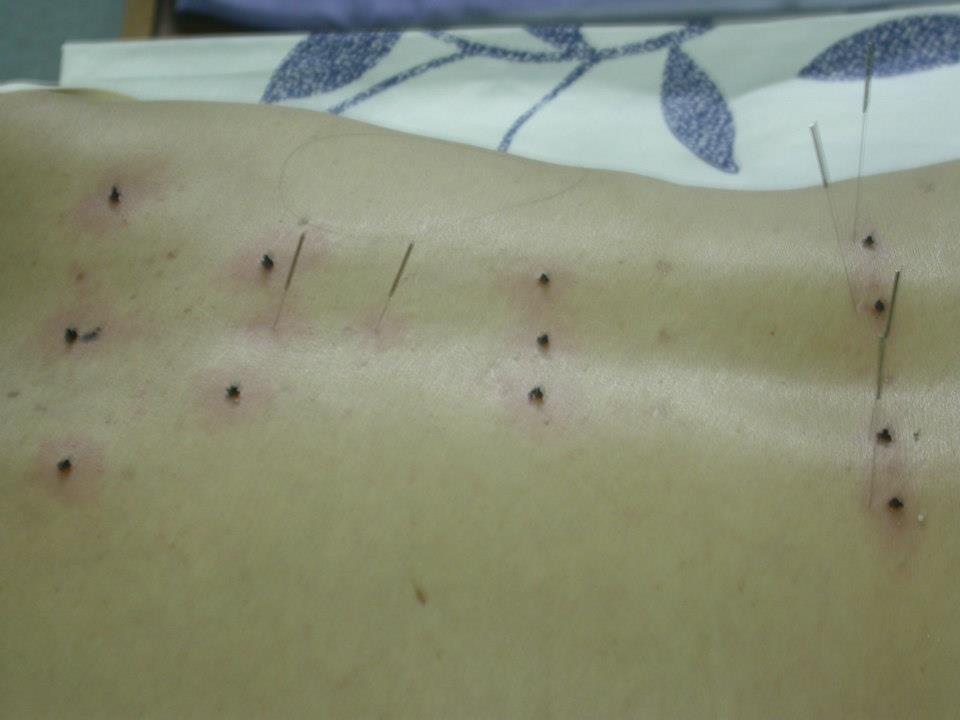
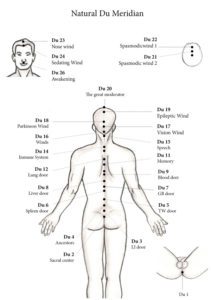
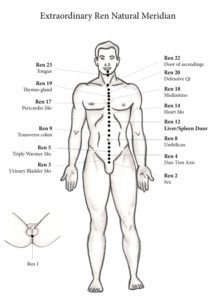
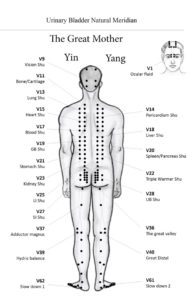

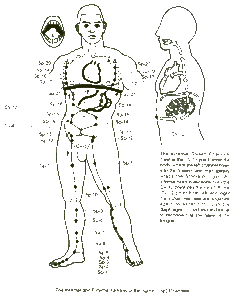
Acupuncture point RN14 juque 거궐 Excessive acid in the stomach, indigestion, nausea, vomiting, weak grip in the hands, palpitation, heart pain, valvular disease of the heart, angina, inducing vomiting, and tiredness after eating. Acupuncture point ST21 liangmen 양문 (Left) Pancreas-related disorders, indigestion, fullness in the abdomen, gastric dilation Gastrointestinal tract disorders (together with RN12 zhongwan and RN14 juque), anus related disorder (together with DU20 baihui and LU6 kongzhui) Acupuncture point ST21 liangmen 양문 (Right) Liver and gallbladder-related disorders (together with RN12 zhongwan and RN14 juque) Acupuncture point BL15 xinshu 심유 Heart-related disorders. Angina and cardiac infarction (together with T3 thru T6). Madness, vomiting, epilepsy, palpitation, heavy sensation in the head. Depression (together with ST25 tianshu and BL23 shenshu). Malnourishment, difficulty breathing (together with BL13 feishu and BL17 geshu) Heart failure, cardiasthma (T1 thru 4 instead of BL15 xinshu) Acupuncture point RN17 shanzhong 전중 Generating blood. Thyroid disorders (together with RN7 yinjiao). He finds that thyroid disorders are related to the heart and ovary. Acupuncture point BL18 ganshu 간유 Eye diseases, hemiplegia, facial nerve palsy, atrophy, lower back pain, hepatitis, other liver-related disorders, uterine bleeding, and medication side effects. Acupuncture point DU14 dazhui 대추 Nose bleeding, chronic fever, headache, eye diseases, and shoulder pain. Acupuncture point SP6 sanyinjiao 삼음교 Genital disorders for men and women, uterine cancer, fibroids, painful period, infertility. Acupuncture point BL17 geshu 격유 Acid indigestion, gastric ulcer, blood-related disorders, and malnourishment. Acupuncture point RN7 yinjiao 음교 He believes this is the point where the disease gathers when there are genital disorders in women. It is indicated for leucorrhea, irregular periods, infertility, dampness in the testicles, and thyroid disorders. Acupuncture point ST24 huaroumen 활육문 Vomiting and diarrhea, stiff tongue Malnourishment (together with RN12 zhongwan, RN14 juque, and ST21 liangmen (Left). Acupuncture point BL20 pishu 비유 Diabetes, blood generation, endocrine disorders, dampness-related skin disorders and arthritis, bleeding disorders, leukemia, and aplastic anemia. Acupuncture point ST25 tianshu 천추 Kidney disorders (together with BL23) Chronic diarrhea, skin disorders, lower back pain, depression. Acupuncture point ST27 daju 대거 Infertility, irregular period, ovaritis, breast tenderness. Acupuncture point ST8 touwei 두유 Vertigo, dizziness Acupuncture point BL25 dachangshu 대장유 Stubborn skin disorders, lower back pain, leucorrhea, urine, and bowel movement disorders. Acupuncture point BL19 danshu 담유 Gallbladder-related disorders (together with ST21 liangmen Right) Acupuncture point BL22 sanjiaoshu 삼초유 Pulsation in the abdomen. Acupuncture point BL21 weishu 비유 Gastric ulcer, stomach cancer (together with BL50 weicang 위창)
These are just a few examples of the many acupuncture points that Master Gudang incorporated into his effective treatments. His dedication to research and innovation, coupled with his vast clinical experience, made him a respected figure in the field of traditional Korean medicine. His legacy continues to inspire practitioners and patients alike, offering a valuable alternative approach to healthcare.
Drawing upon his extensive knowledge and experience, the late master Gudang expertly employed moxibustion, placing moxa cones strategically on specific acupuncture points listed above to address a myriad of ailments. This meticulous approach was often met with remarkable success, leading to significant improvements in his patients’ well-being. As Gudang’s legacy continues to inspire, I encourage you to consider incorporating the effectiveness of these points into your own clinical practice.